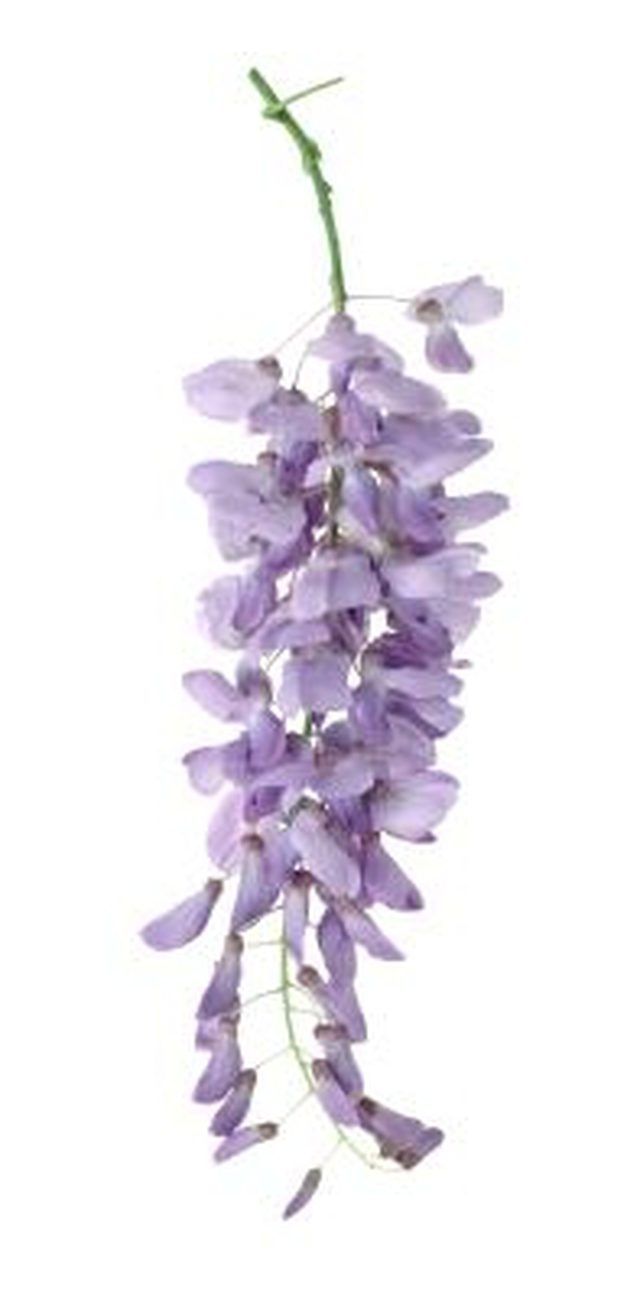Bulbs
Flower Basics
Flower Beds & Specialty Gardens
Flower Garden
Garden Furniture
Garden Gnomes
Garden Seeds
Garden Sheds
Garden Statues
Garden Tools & Supplies
Gardening Basics
Green & Organic
Groundcovers & Vines
Growing Annuals
Growing Basil
Growing Beans
Growing Berries
Growing Blueberries
Growing Cactus
Growing Corn
Growing Cotton
Growing Edibles
Growing Flowers
Growing Garlic
Growing Grapes
Growing Grass
Growing Herbs
Growing Jasmine
Growing Mint
Growing Mushrooms
Orchids
Growing Peanuts
Growing Perennials
Growing Plants
Growing Rosemary
Growing Roses
Growing Strawberries
Growing Sunflowers
Growing Thyme
Growing Tomatoes
Growing Tulips
Growing Vegetables
Herb Basics
Herb Garden
Indoor Growing
Landscaping Basics
Landscaping Patios
Landscaping Plants
Landscaping Shrubs
Landscaping Trees
Landscaping Walks & Pathways
Lawn Basics
Lawn Maintenance
Lawn Mowers
Lawn Ornaments
Lawn Planting
Lawn Tools
Outdoor Growing
Overall Landscape Planning
Pests, Weeds & Problems
Plant Basics
Rock Garden
Rose Garden
Shrubs
Soil
Specialty Gardens
Trees
Vegetable Garden
Yard Maintenance
When Is the Best Time to Plant Wisteria?
When Is the Best Time to Plant Wisteria?. According to the National Gardening Association, wisteria is a twining vine that produces heavy clusters of cascading flowers. The vines require sturdy support, and planting them appropriately gives them the best chance of thriving.

According to the National Gardening Association, wisteria is a twining vine that produces heavy clusters of cascading flowers. The vines require sturdy support, and planting them appropriately gives them the best chance of thriving.
Time Frame
The National Gardening Association states that the best time to plant wisteria is in the spring and the fall. Planting in the spring gives the wisteria the full growing season to establish itself, while planting in the fall when the weather is dropping induces dormancy over the cold winter.
Planting
Wisteria needs a hole that is only as deep as the root ball it comes in, but the hole should be between two and three times as wide. Place the wisteria in the hole, partially fill the hole soil and water it. Wait for the water to drain, and then fill the rest of the hole with soil, watering it again.
Warning
Do not grow wisteria near gutters, where the runners can climb them and clog them. Do not plant Chinese wisteria or Japanese wisteria, as these plants are invasive and can choke out the local plants. Instead, choose wisterias that are native to the United States.